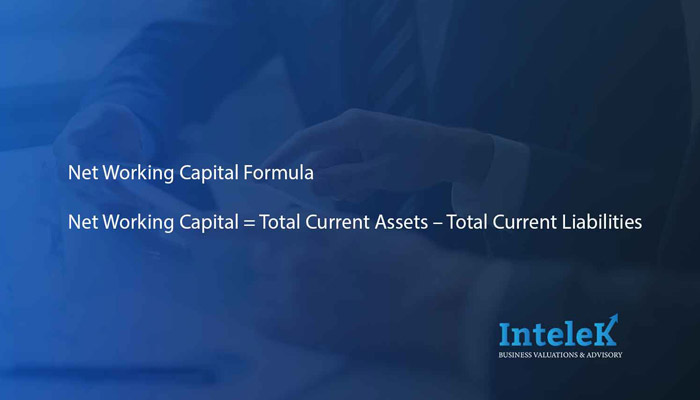Net Working Capital
Net working capital (NWC) are all those short-term financial resources that your company requires to be able to continue day-to-day operations efficiency (resources to fund or support your operation), thus avoiding delays or disruptions. NWC consists of various current assets such as inventory, accounts receivable, cash, and some current liabilities such as accounts payable.
Importance of Net Working Capital
When your SME is starting, expanding, or continuing the status quo, it is important to effectively manage your working capital, because there is a direct relationship between the evolution of the business and working capital. Without sufficient short-term financial resources, your business will face issues when it comes to working at its optimal level. However, too many short-term financial resources result in inefficiencies and will lower key metrics, such as return on capital/assets. If your business is thinking about expanding, you should use any excess short-term working capital to fund these longer-term plans, while addressing the following two points:
- Carefully manage the time between services performed/products sold and when the cash arrives (your accounts receivable). Don’t be caught needing to pay bills but having to wait on accounts in order to pay their invoices
- Have sufficient cash available to face a range of emergencies or unforeseen events without running the risk of bankruptcy or having to acquire costly financing/debt

To calculate this, the company must subtract current liabilities from current assets.
In its simplest form, if your current assets are greater than your current liabilities, you have enough disposable liquid assets to cover your liabilities. This is obviously good for your business, as it means that you have lower liquidity risk.
Example of NWC
Company ABC Ltd. has total current assets of $300,000 and total current liabilities of $150,000. When you subtract total current liabilities from total current assets, ABC has $150,000 left, which in this case would be positive net working capital.
This means the business at this point in time can pay their debts as they become due and use the rest of the working capital for other purposes, such as operational improvements, increase in production, marketing, hiring of new staff, or other general investments.
Positive or Negative Net Working Capital
Positive working capital is when your business has more current assets than current liabilities. Conversely, negative working capital occurs when there are more current liabilities than current assets, which may result in liquidity problems.
If it’s negative working capital, then the company will need to think about financing. This can be classified in two ways:
- Internal Financing: This comes from the company’s own resources, such as contributions by the partners and/or capital reserves. In other words, it’s the retention of profits, etc., while minimising some operational expenses (where possible) or even selling surplus assets
- External Financing: Funding is provided by third parties, such as banks, for obtaining business loans
In summary, a positive and optimal NWC structure means that the company is well-positioned to fund its short-term operation sustainably. On the other hand, a negative or non-optimal NWC structure could mean bad management, liquidity problems, and, most likely, unsustainable operations. This can occur when a company has, for example, a 20-day payment cycle and a 45-day operating cycle; the company then has issues when figuring out how to fund the operation for the 25-day difference. In this situation, the company can think about financing (whether external or internal).
Conclusion
In short, working capital is fundamental for your SME to operate, and is often referred to by accountants as the “life blood” of your business. It’s important to understand when cash is received and when bills and invoices have to be paid. It’s also crucial to have adequate cash reserves on hand to handle emergencies, as well as growth strategies and overall short- and mid-term strategies. There are plenty of providers in the market for short-term finance, lending assistance when these situations when you run out of cash, but these are often very costly and require additional time and administration. The best solution is solid cash flow management practices.
In the beginning, it’s normal for an SME to not know how to manage its working capital efficiently. However, the idea is to understand how your business works and then manage the working capital internally to avoid high-cost financing that will lower your business’ value.






